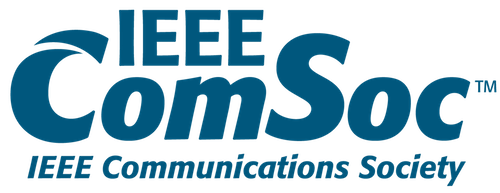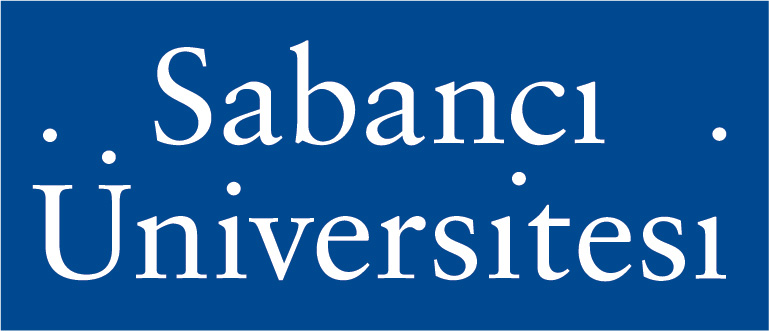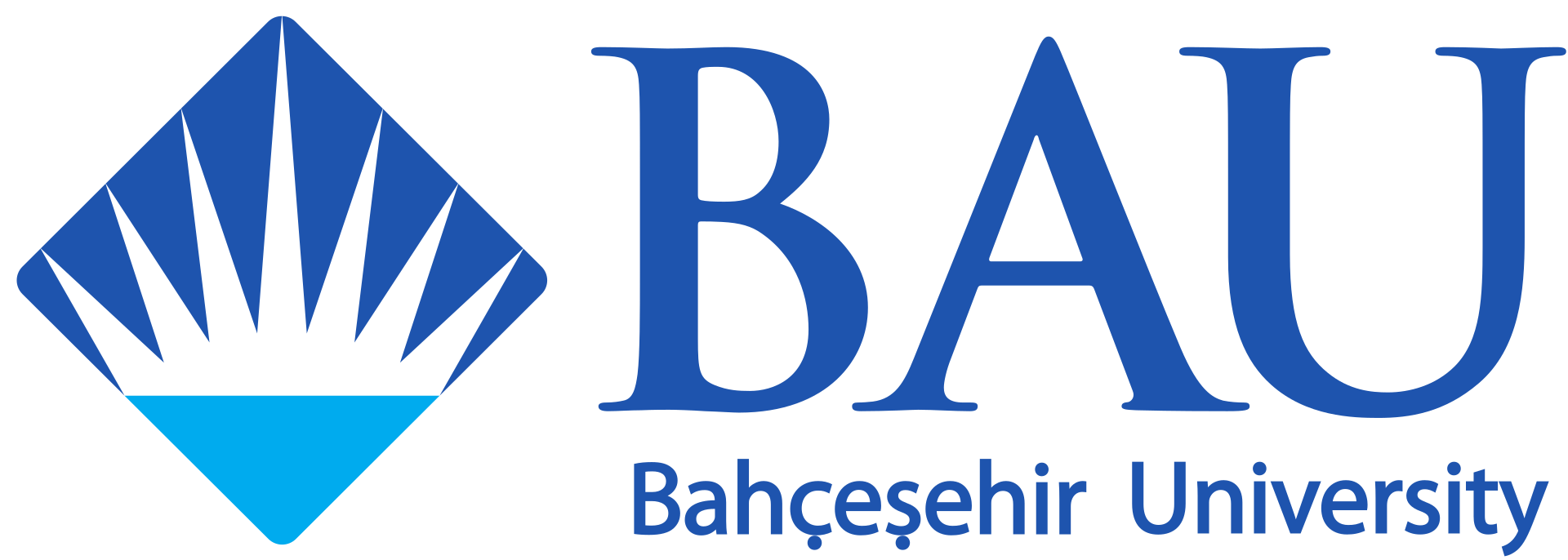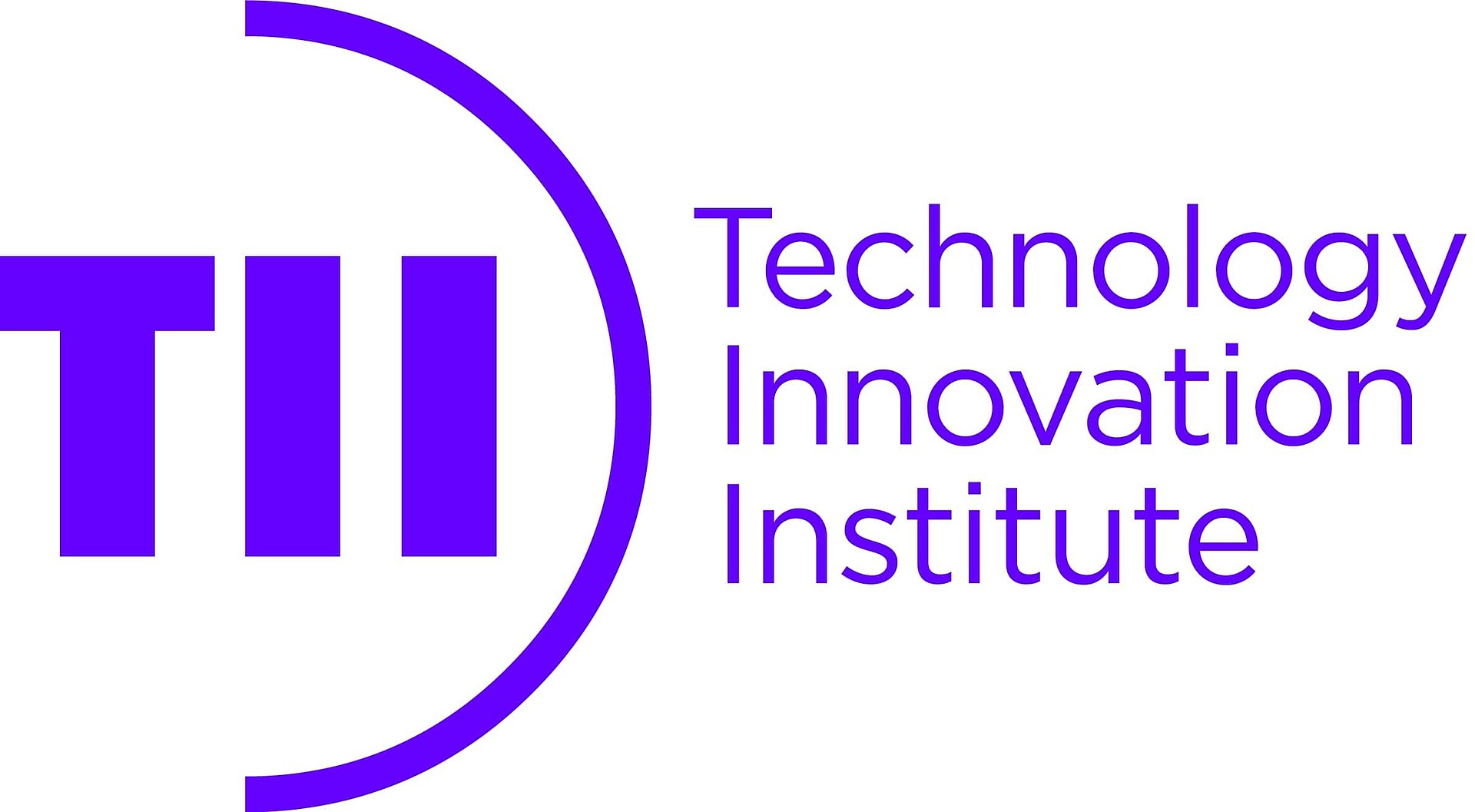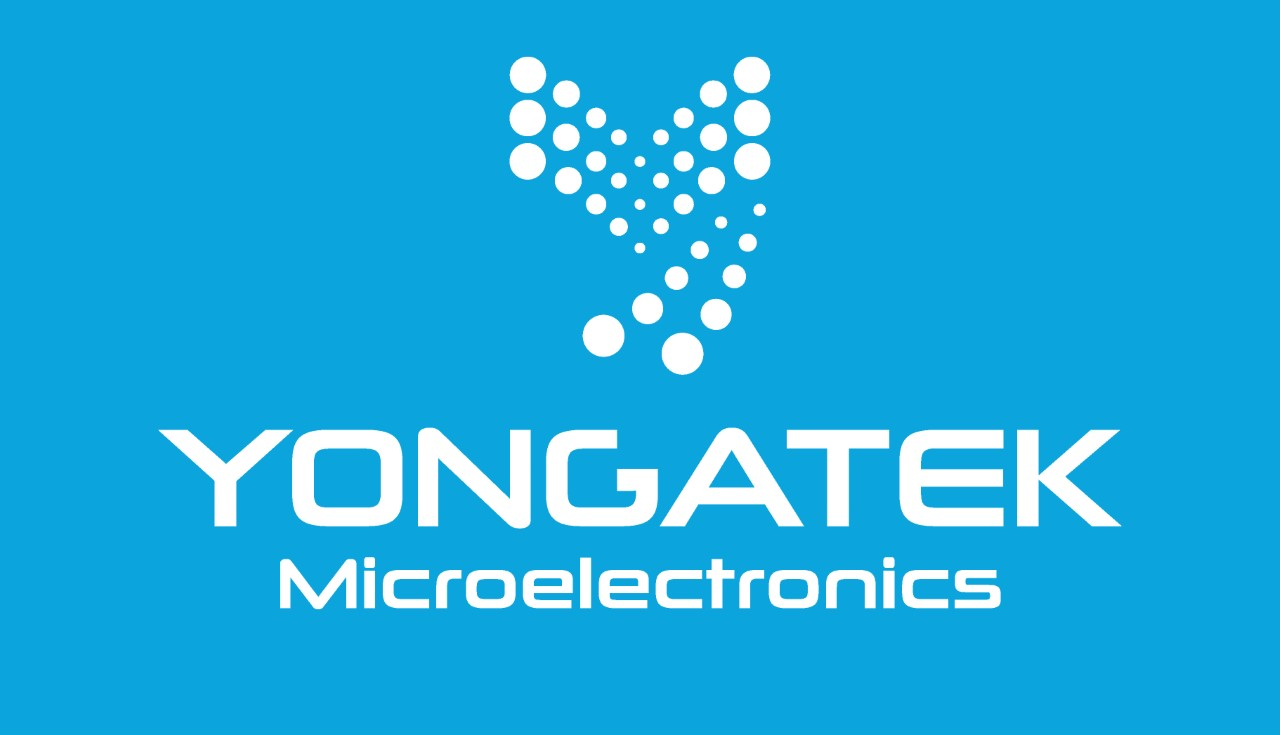Keynote speakers
AI-EDGE: Designing future XG networks and distributed intelligence
June 6, Tuesday
10:45 – 11:30
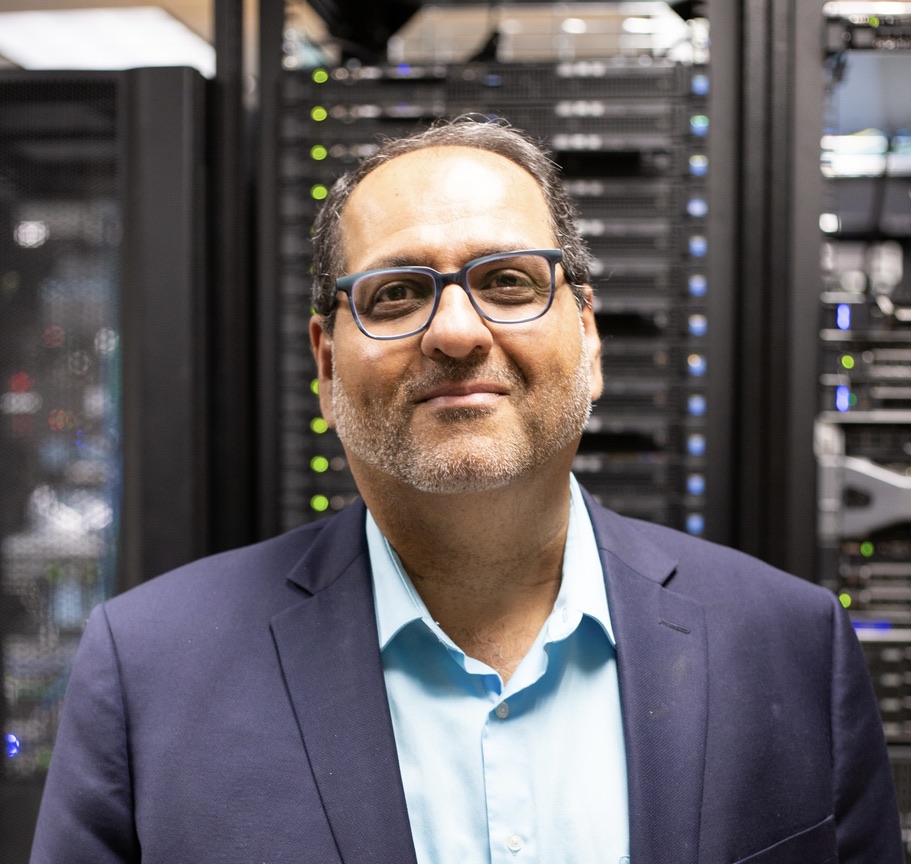
Short Biography
Ness B. Shroff received his Ph.D. degree from Columbia University, NY in 1994 and joined Purdue university immediately thereafter as an Assistant Professor. At Purdue, he became Professor of the school of Electrical and Computer Engineering and director of CWSA in 2004, a university-wide center on wireless systems and applications. In July 2007, he joined the ECE and CSE departments at The Ohio State University, where he holds the Ohio Eminent Scholar Chaired Professorship of Networking and Communications. From 2009-2012, he also served as a Guest Chaired professor of Wireless Communications at Tsinghua University, Beijing, China, and an Honorary Guest Professor at Shanghai Jiatong University. He currently holds a visiting position at the Indian Institute of Technology, Bombay. He currently serves as the Principal Investigator and Institute Director of the NSF AI Institute on Future Edge Networks and Distributed Intelligence (ai-edge.osu.edu).
Dr. Shroff’s research focuses on fundamental problems in machine learning, network optimization, stochastic control, and algorithmic design. His work contributes to the design, control, performance, pricing, and security of complex systems such as communication networks, computing, storage and cloud based systems, social networks, and recommendation systems.
He served as the Editor in Chief of the IEEE/ACM Trans. on Networking, and currently serves as the Steering Committee Chair of ACM Mobihoc. He has also been the technical program chair of a number of IEEE and ACM conferences. He has given several keynote addresses at major conferences and has also organized a number of workshops for the National Science Foundation.
Dr. Shroff is a Fellow of the IEEE, and a National Science Foundation CAREER awardee. His papers have received numerous awards at top-tier venues. For example, he received the best paper award at IEEE INFOCOM 2006, IEEE INFOCOM 2008, and IEEE INFOCOM 2016, the best paper of the year in the journal of Communication and Networking (2005) and in Computer Networks (2003). He also received runner-up awards at IEEE INFOCOM 2005 and IEEE INFOCOM 2013. In addition, his papers have received the best student paper award (from all papers whose first author is a student) at ACM Sigmetrics 2017, IEEE WiOPT 2013, IEEE WiOPT 2012, and IEEE IWQoS 2006. Dr. Shroff is on the list of highly cited researchers from Thomson Reuters ISI (previously ISI web of Science) in 2014 and 2015, and in Thomson Reuters Book on The World's Most Influential Scientific Minds in 2014. He received the IEEE INFOCOM achievement award for seminal contributions to scheduling and resource allocation in wireless networks, in 2014.
Abstract
Networking and AI are two of the most transformative information technologies. These technologies have helped improve the quality of the human condition, contributed to national economic competitiveness, national security, and national defense. The AI-EDGE Institute is aimed at leveraging the synergies between both networking and AI to design the next generation of edge network. A new distributed intelligence plane will be developed to ensure that these networks are self-healing, adaptive, and self-optimized. The future of AI is distributed AI and these intelligent and adaptive networks will in turn unleash the power of collaboration to solve long-standing distributed AI challenges, making AI more efficient, interactive, and privacy preserving. The Institute plans to develop the key underlying technologies for distributed and networked intelligence to enable a host of future transformative applications such as intelligent transportation, remote healthcare, distributed robotics, and smart aerospace. Going beyond research, the Institute recognizes that it is a national priority to educate students, professionals, and practitioners in AI and networks, and substantially grow and diversify the workforce. The Institute will develop novel, efficient, and modular ways of creating and delivering education content and curricula at scale, and to spearhead a program that helps build a large diverse workforce in AI and networks spanning primary and secondary education to university students and faculty. In this talk, the speaker gave an overview of the key components of the Institute, identifying a set of interesting research directions. Further, the speaker will also describe through a case study involving caching, why the edge is so different from the core of the network, and how Machine Learning (ML) tools and techniques can be developed to improve performance.
Trust-aware Human-centric NG-IoT systems: the way ahead
June 6, Tuesday
14:15 – 15:00
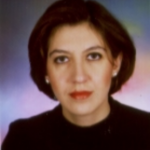
Short Biography
Dr.-Ing. Malamati D. Louta is Associate Professor and Director of Telecommunication Networks and Advanced Services Laboratory of the Department of Electrical and Computer Engineering, School of Engineering, University of Western Macedonia, Greece. She is co-founder of OMEGA INNOVATIONS PC, a spin-off SME of University of Western Macedonia. Her research interests include telecommunication networks and advanced services engineering. She is the author of over 100 peer-reviewed publications in the above areas. She serves as associate editor (IEEE Communications Magazine, International Journal of Communication Systems -IJCS, Security and Privacy Journal- SPY, Transactions on Emerging Telecommunication Technologies- ETT, WILEY), general chair, technical program committee chair and member, session organizer and a reviewer for a number of international conferences and journals. She serves as a series editor of Data Science and Artificial Intelligence for Communications Series of IEEE Communications Magazine (2020-onwards). She has contributed to several national and international research and development programs as a researcher, task leader, workpackage leader, principal investigator and coordinator. She is currently participating at 6 research & development programs as a principal investigator and/or coordinator. She has been a Senior Member of IEEE since 2014, member of the ACM and the Technical Chamber of Greece.
Abstract
Next Generation Internet of Things (NG-IoT) is expected to integrate the necessary technologies to efficiently collect, handle and analyze the massive amount of data generated by various end-devices at an unprecedented scale and resolution, provide new insights, extract knowledge and enable informed decision making in a transparent and explainable manner. It is considered of outmost importance to involve humans in the loop of data collection, analysis, prediction, action and evaluation, bringing them to the forefront, in a trusted and sustainable manner, enabling thus the transformation of our society and economy across different domains. Human Centric NG-IoT leverages on the power (exploiting human mobility) and wisdom (exploiting human intelligence) of the crowd, for the benefit of the society. Humans are empowered to contribute data (either sensed or generated from their mobile devices), enabling efficient (in terms of cost and time) monitoring of large-scale phenomena. Advanced explainable and robust AI techniques enable users to harness the value from the vast amount of data generated, albeit in an interpretable way, enhancing end-users trustablity to the proposed approaches and mitigating thus potential barriers to their adoption. In order for Human Centric based NG-IoT systems to reach their full potential, a number of research challenges should be efficiently addressed. Without being exhaustive, data integrity and quality in conjunction with privacy concerns and security aspects, as well as incentives provisioning constitute some of the key aspects and issues that should be tackled for realizing NG-IoT systems. Aiming to lay the foundations for intelligent services, in a trustable and sustainable manner, promoting their adoption by interested stakeholders, a trust-aware Human Centric based NG-IoT system and its constituent elements will be discussed, offering a potential solution to the aforementioned challenges.
VisionX: Semantic Communication Meets System2 ML
June 7, Wednesday
10:45 – 11:30
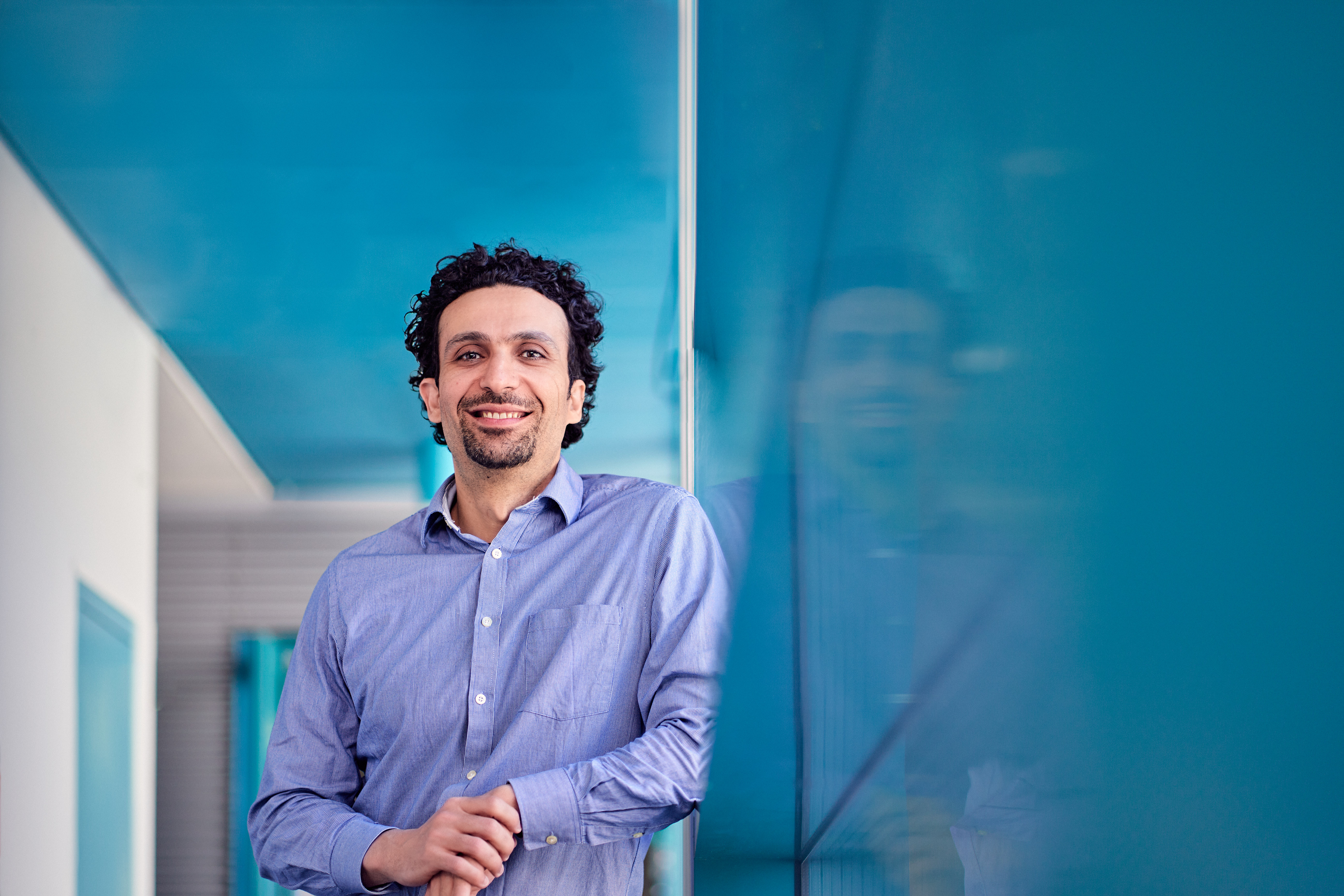
Short Biography
Dr Mehdi Bennis is a full (tenured) Professor at the Centre for Wireless Communications, University of Oulu, Finland and head of the intelligent connectivity and networks/systems group (ICON). His main research interests are in radio resource management, game theory and distributed AI in 5G/6G networks. He has published more than 200 research papers in international conferences, journals and book chapters. He has been the recipient of several prestigious awards including the 2015 Fred W. Ellersick Prize from the IEEE Communications Society, the 2016 Best Tutorial Prize from the IEEE Communications Society, the 2017 EURASIP Best paper Award for the Journal of Wireless Communications and Networks, the all-University of Oulu award for research, the 2019 IEEE ComSoc Radio Communications Committee Early Achievement Award and the 2020-2021 Clarviate Highly Cited Researcher by the Web of Science. Dr Bennis is an editor of IEEE TCOM and Specialty Chief Editor for Data Science for Communications in the Frontiers in Communications and Networks journal. Dr Bennis is an IEEE Fellow.
Abstract
This talk will first provide a brief introduction of VisionX sitting at the intersection of machine learning and communication in terms of enablers and mathematical tools, while contrasting it with current efforts in the area. Then, recent results in semantics-native communication and learning communication protocols from data will be presented.
Visible Light Communications for 6G and Beyond
June 8, Thursday
10:45 – 11:30
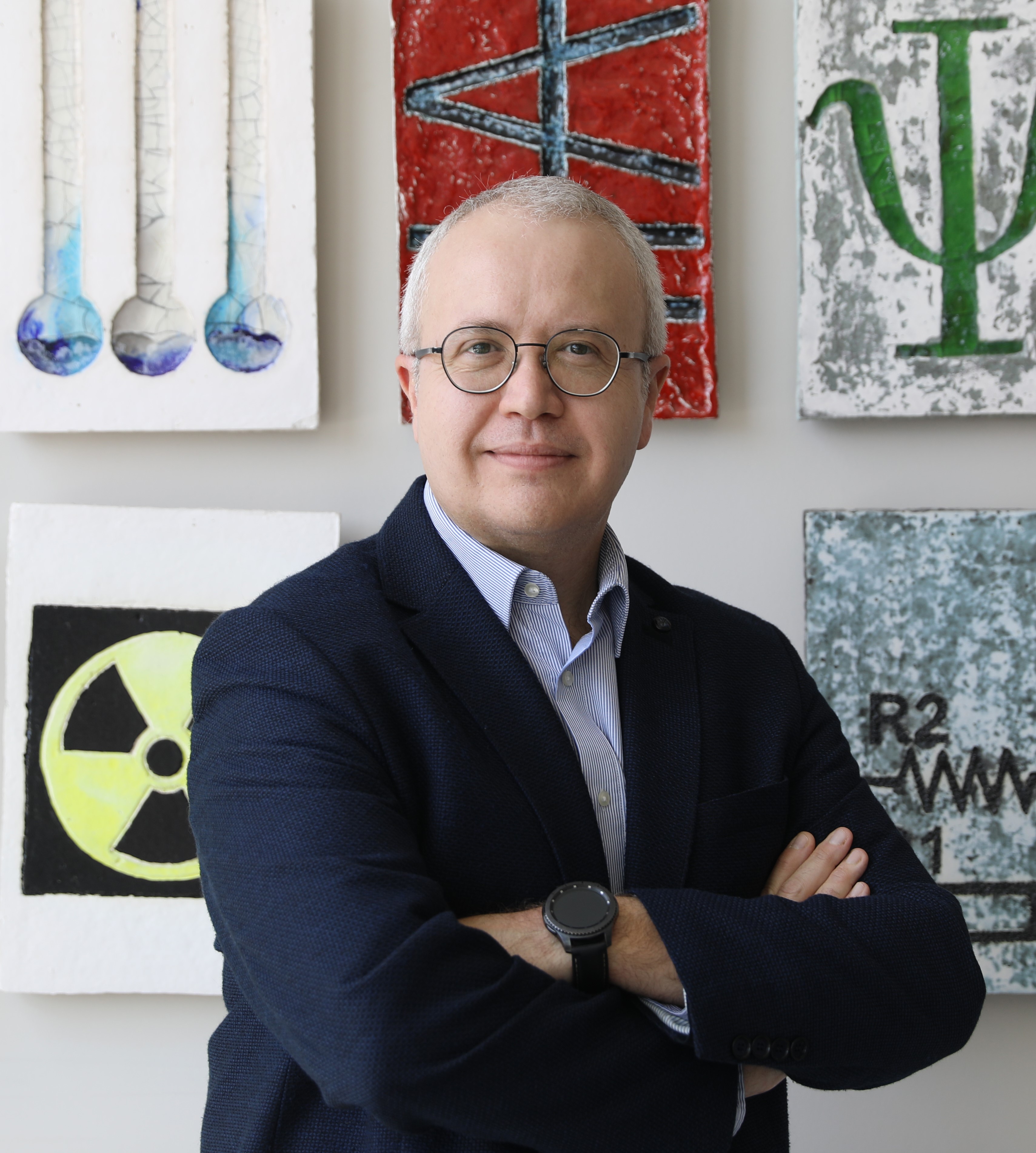
Short Biography
Murat Uysal received the B.Sc. and the M.Sc. degree in electronics and communication engineering from Istanbul Technical University in 1995 and 1998, respectively, and the Ph.D. degree in electrical engineering from Texas A&M University in 2001. He is currently a Full Professor of the Department of Electrical and Electronics Engineering at Ozyegin University, Istanbul, Turkey. He also serves as the Founding Director of the Center of Excellence in Optical Wireless Communication Technologies (OKATEM). Prior to joining Ozyegin University, he was a tenured Associate Professor at the University of Waterloo, Canada.
Dr. Uysal’s research interests are in the broad area of communication theory with a particular emphasis on the physical layer aspects of wireless communication systems in radio and optical frequency bands. He has authored some 400 journal and conference papers on these topics and received more than 18.000 citations with an h-index of 62. Dr. Uysal is an IEEE Fellow and an elected Principal Member of the Turkish Science Academy. He currently serves as an Area Editor for IEEE Transactions on Communications. In the past, he served as an Editor for IEEE Transactions on Wireless Communications, IEEE Transactions on Communications, IEEE Transactions on Vehicular Technology, and IEEE Communications Letters. He was involved in the organization of several IEEE conferences at various levels. In particular, he served as the Technical Program Committee Chair of major IEEE conferences including WCNC 2014, PIMRC 2019 and VTC-Fall 2019. He also served as the Chair of IEEE Turkey Section between 2015 and 2019.
Dr. Uysal’s major distinctions include the NSERC Discovery Accelerator Award, University of Waterloo Engineering Research Excellence Award, Turkish Academy of Sciences (TUBA) Distinguished Young Scientist Award, Ozyegin University Best Researcher Award, National Instruments Engineering Impact Award and IEEE Turkey Section Outstanding Service Award in addition to numerous best paper awards.
Abstract
Visible light communication (VLC) builds upon the ubiquitous presence of light emitting diodes (LEDs) and exploits the existing illumination infrastructure for wireless access. VLC provides high data rate transmission in unregulated optical spectrum and is considered as a powerful complement to radio frequency based solutions in user dense environments or as an alternative in places where radio waves may not be permitted or restricted. In this talk, we first provide an overview of this promising technology and highlight its unique advantages and application areas. Then, we explain how we can model VLC channels in a realistic manner and introduce key physical layer technologies to enable the implementation of high-speed VLC systems. Finally, we present ongoing international standardization activities in the area of VLC and summarize our relevant standard contributions.
On Some Quantum Internet Information Rates
June 8, Thursday
14:15 – 15:00
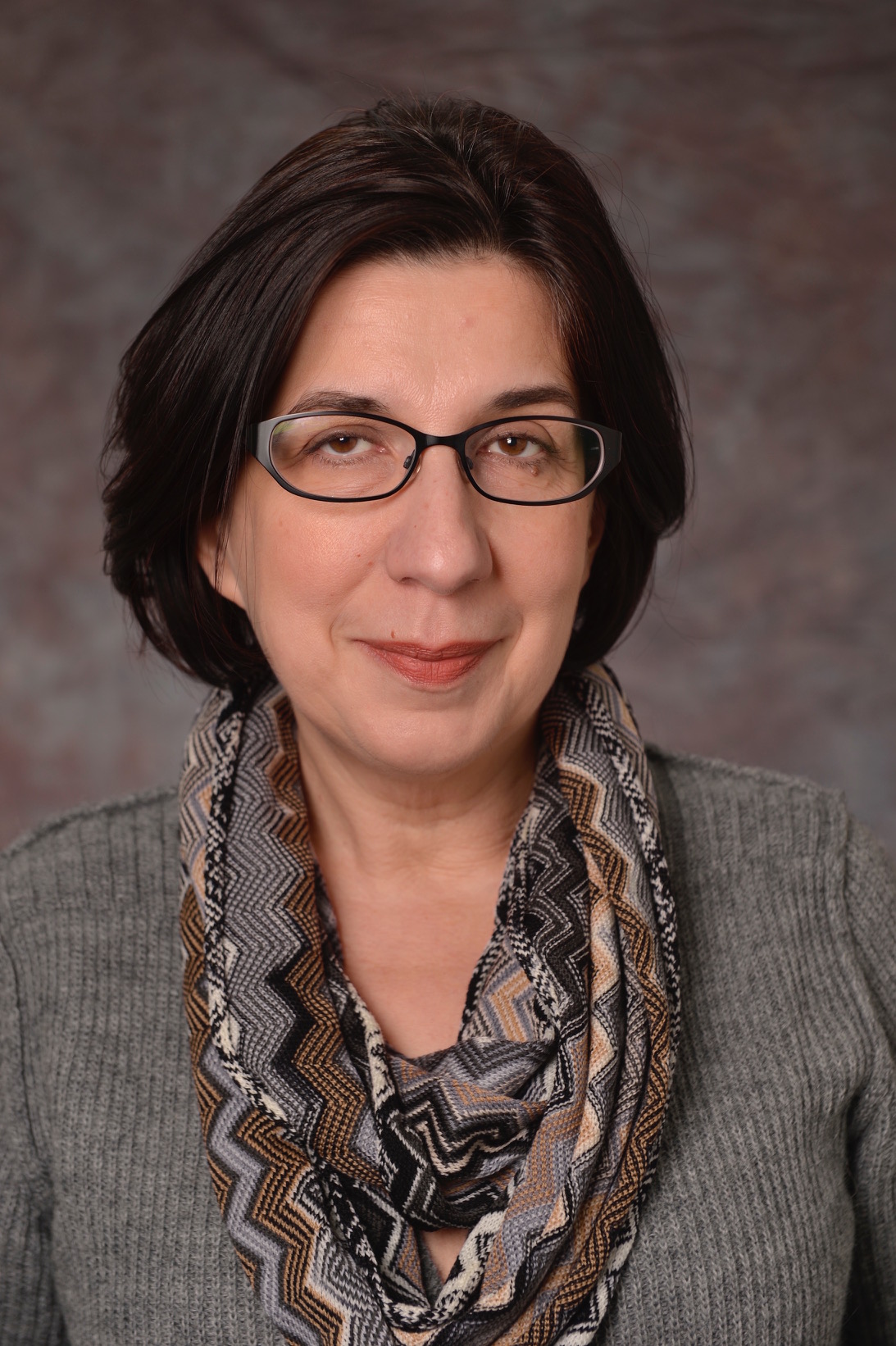
Short Biography
Emina Soljanin is a professor of Electrical and Computer Engineering at Rutgers. Before moving to Rutgers in January 2016, she was a (Distinguished) Member of Technical Staff for 21 years in various incarnations of the Mathematical Sciences Research Center of Bell Labs. Her interests and expertise are broad and currently range from distributed computing to quantum information science. She is an IEEE Fellow, an outstanding alumnus of the Texas A&M School of Engineering, the 2011 Padovani Lecturer, a 2016/17 Distinguished Lecturer, and the 2019 President of the IEEE Information Theory Society.
Abstract
This talk discusses information rates in two quantum internet building blocks concerning quantum (conference) key distribution (QKD). We first focus on QKD based on time-entangled photon pairs. These systems extract key bits from photon arrival times and thus promise to deliver more than one bit per photon as opposed to polarization-entanglement QKD, where each entangled photon pair contributes at most one bit to the secret key. However, realistic photon detectors exhibit time jitter and require non-zero time to recover upon registering a photon arrival. We model and evaluate the effect of these impairments on information rates generated based on photon arrival times and ask whether time-entanglement-based QKD can live up to its promise. We next ask whether quantum network multicast can make conference key agreements more efficient. Since there is no quantum information without physical representation (e.g., by photons), the problem of quantum multicast at first seems nothing more than the multi-commodity flow problem of shipping a collection of different commodities through a shared network. However, we show that besides the apparent similarity to the multi-commodity flow problems, quantum networks, to a certain extent, behave as classical information networks. In particular, we show that lossless compression of multicast quantum states is possible and significantly reduces the link capacity requirements of the multicast.







